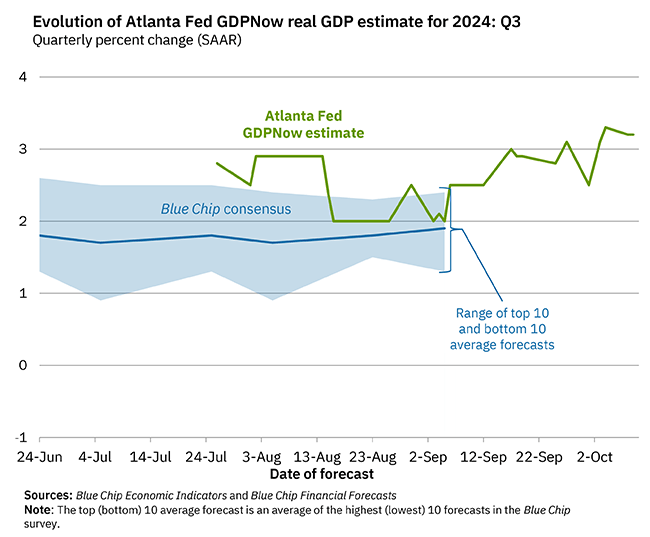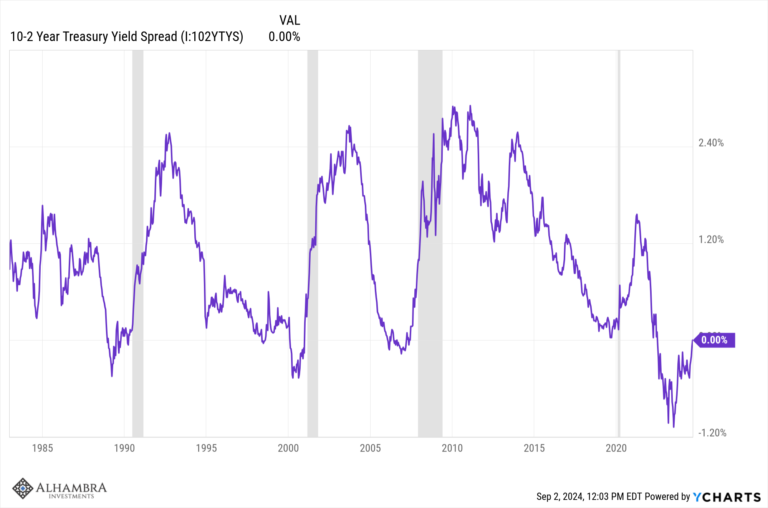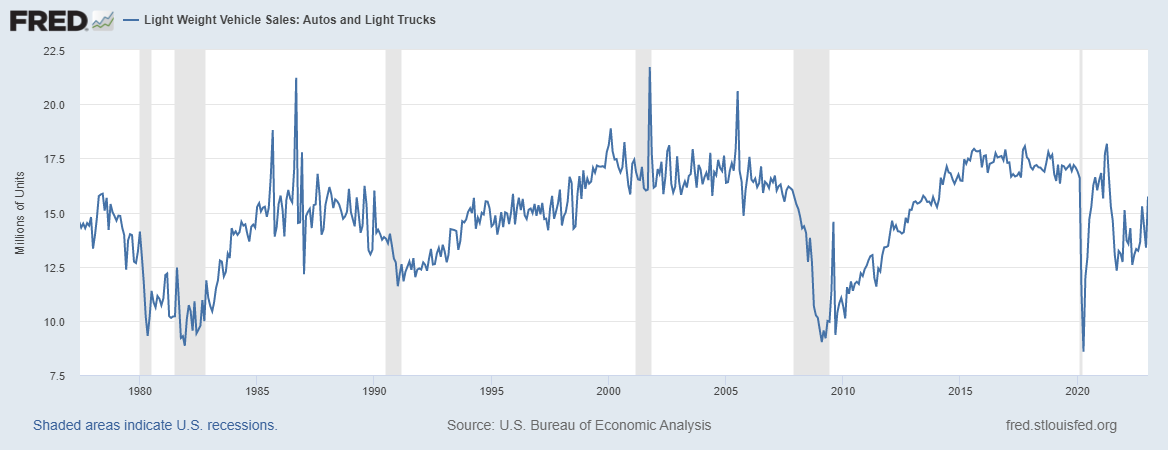Erroneous ExpectationsMany market observers are probably expecting crude oil prices to enter a seasonal uptrend due the beginning heating season. After all, the heating season in the Northern hemisphere means that energy consumption will rise. The effect of the heating season on demand is however offset by other factors, such as the use of alternative energy sources and fixed prices agreements made in advance. The question is: what is the actual seasonal trend in crude oil? Contrary to what one would expect, seasonally, the oil price is set to decline between mid October and mid February. Below we show the actual seasonal trend of the spot price of the most important oil grade West Texas Intermediate (WTI) based on a seasonal chart. |
 . |
Crude Oil 30 Year SeasonalA seasonal chart shows the average trend in prices in relation to the time of the year. The horizontal axis depicts the time of the year, the vertical axis shows the average price move of the past 30 years as a percentage. The seasonally weak period from mid October to mid February is highlighted on the chart: Contrary to what many market observers expect, crude oil prices typically decline during the heating season. In other words, sometimes, widespread expectations are not fulfilled – which is one more reason to always closely examine actual seasonality. |
|
Crude Oil Declines between October and February are often DramaticThe weak season highlighted in dark blue in the chart above lasts from October 12 to February 11 of the next year. The average decline in crude oil over this time span was 8.67 percent. In 17 out of 30 years crude oil fell, while it rose in 13 years. On four occasions crude oil actually plummeted by more than 25 percent during this time period: by 43.07% in 1990, by 55.73% in 2008, by 43.08% in 2014 and by 44.38% in 2015. The following bar chart shows the price movements of all years since 1986 in the time period October 12 – February 11. The red bars represent losses. The are dominant both in number and extent. This makes clear that it is not only a single outlier that has created the weakness in the seasonal chart. Rather, quite strong price declines in crude oil have indeed frequently occurred in the time period from October to February. The price trend is seasonally weak right in the middle of the heating season! Exploiting seasonal trends that deviate from general expectations can be highly profitable. |
 . |
Addendum by PT:
The charts above were made with the Seasonax App that is available on Bloomberg and Thomson-Reuters terminals. We will soon post additional information on seasonal market trends and the Seasonax App, which at the moment is to our knowledge the only means of generating perfectly calendar-accurate seasonal charts.
Full story here Are you the author? Previous post See more for Next post
Tags: commodities,newslettersent






































